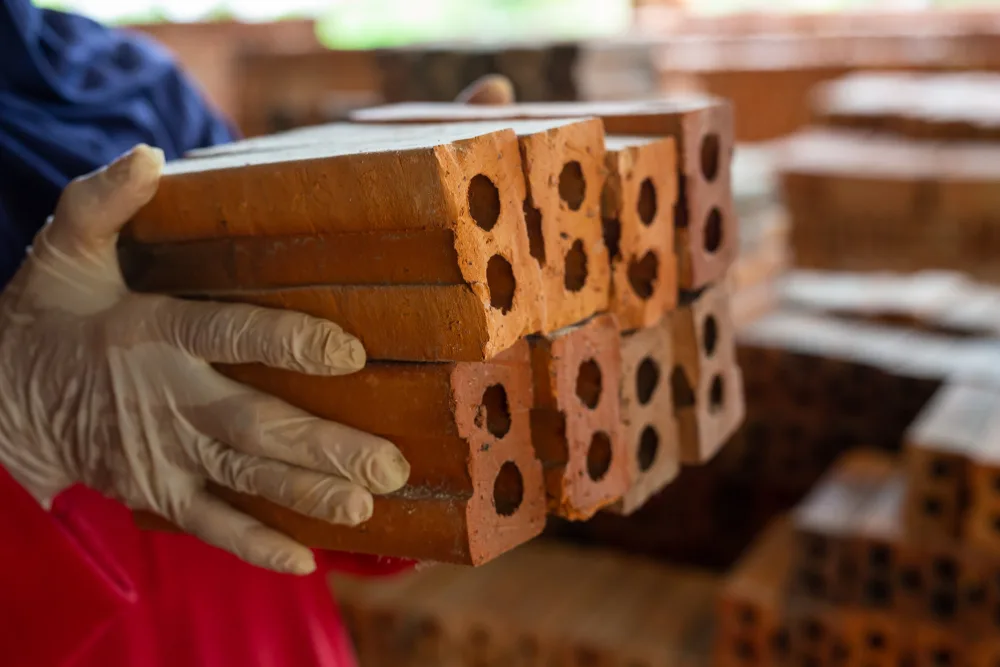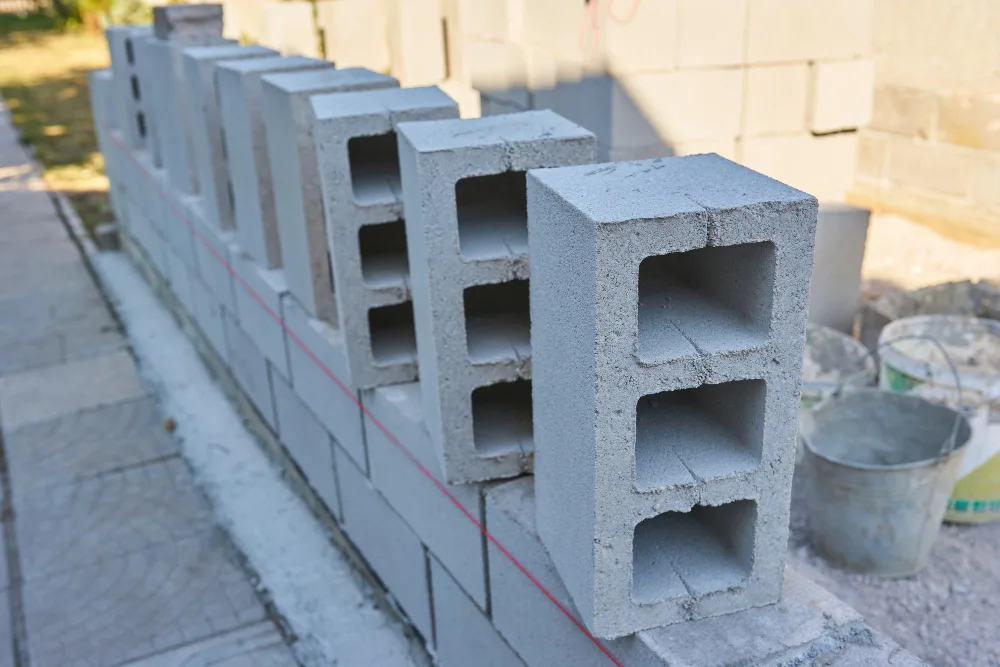In the world of construction materials, AAC blocks have emerged as a revolutionary innovation that is reshaping the landscape of modern building practices. These Autoclaved Aerated Concrete (AAC) blocks are gaining immense attention due to their lightweight, eco-friendly, and versatile nature. In this article, we’ll delve into the world of AAC blocks, exploring their composition, benefits, applications, and the sustainable impact they bring to the construction industry.
Table of Contents
Introduction to AAC Block
AAC blocks are the brainchild of innovative construction technology, designed to address the limitations of traditional building materials. These blocks are composed of fine aggregates, water, cement, and an expansion agent that generates gas bubbles, leading to the characteristic cellular structure.
Composition and Production Process
The production process involves mixing the raw materials and then subjecting the mixture to high-pressure steam curing. This results in a product with a multitude of air pockets, contributing to its lightweight and thermal insulating properties.
Advantages of AAC Blocks
Environmentally Friendly
AAC block isnature’s ally in sustainable construction. With a reduced consumption of raw materials and energy during manufacturing, these blocks minimize the carbon footprint, making them an environmentally conscious choice.
Lightweight and Energy-Efficient
The lightweight nature of AAC blocks make it easier to handle during construction, reducing the overall structural load. Additionally, their excellent thermal insulation properties enhance energy efficiency by maintaining stable indoor temperatures.
Superior Thermal Insulation
The cellular structure of AAC block forms a barrier against heat transfer. This makes interiors to comfortable in hot or cold climates, reducing the need for extensive heating or cooling systems.
Applications in Construction
Residential Buildings
AAC block offer a great advantage in residential construction due to their acoustic insulation and fire-resistant properties. They ensure peaceful interiors and enhance safety.

Commercial Structures
In commercial spaces, AAC block contribute to versatile interiors. Their high load-bearing capacity allows for larger open spaces without compromising structural integrity.
Industrial Projects
Industrial constructions benefit from AAC block durability and resistance to various chemicals, providing a robust foundation for diverse industrial operations.
AAC Blocks vs. Traditional Bricks
AAC blocks outshine traditional bricks in terms of both weight and resource consumption. Their larger size results in fewer joints, minimizing mortar usage and expediting construction.

AAC Bricks:
1. Lightweight and Insulating:
- AAC Bricks are lightweight, making them easier to handle and transport.
- They offer excellent thermal insulation properties, helping to regulate indoor temperatures.
2. High Compressive Strength:
- Despite their lightweight nature, AAC Bricks have impressive compressive strength, ensuring structural stability.
3. Eco-Friendly:
- AAC Bricks are made from natural materials and require less energy in the manufacturing process compared to traditional bricks.
- They reduce the overall carbon footprint of a construction project.
4. Precision and Uniformity:
- AAC Bricks are manufactured to precise dimensions, ensuring uniformity and ease of installation.
- This leads to less mortar consumption during construction.
5. Fire-Resistant:
- AAC Bricks have excellent fire-resistant properties, enhancing safety in buildings.
6. Sound Insulation:
- They provide good acoustic insulation, reducing noise pollution.
7. Speedy Construction:
- Due to their size and lightweight, AAC Bricks can speed up construction, reducing labor costs.
Traditional Bricks:
1. Time-Tested and Versatile:
- Traditional bricks have been used in construction for centuries and are well understood by builders.
- They are available in various sizes and materials, offering versatility in design.
2. High Thermal Mass:
- Traditional bricks have a high thermal mass, which can help regulate indoor temperatures in some climates.
3. Durability:
- When properly maintained, traditional bricks can last for generations, showcasing their durability.
4. Aesthetic Appeal:
- Bricks provide a classic and timeless look, making them a preferred choice for many architectural styles.
5. Cost-Effective:
- In some regions, traditional bricks can be more cost-effective, especially when locally sourced.
6. Sustainable Options:
- Some regions offer sustainable brick options, such as adobe or clay bricks, which are eco-friendly.
7. Skilled Labor:
- Constructing with traditional bricks often requires skilled labor for precise laying and mortar work.
Sustainability and Green Building
AAC Bricks align perfectly with green building principles. Their energy efficiency and recyclable nature contribute to LEED(Leadership in Energy and Environmental Design) certification and sustainable construction practices.
AAC in Disaster-Resistant Structures
AAC Bricks have displayed remarkable resilience in the face of disasters. Their lightweight yet sturdy composition makes them a favorable choice in earthquake-prone areas.
Challenges and Limitations
Despite their numerous benefits, AAC blocks do come with certain challenges such as limited availability in some regions and the need for skilled labor during installation.
Incorporating AAC into Your Project
Integrating AAC blocks requires collaboration with experienced architects and contractors who understand the intricacies of this innovative material.
Future Outlook for AAC Blocks
The future looks promising for AAC blocks as more architects and builders recognize the economic, environmental, and structural advantages they offer.
Conclusion
In conclusion, AAC blocks have ushered in a new era of construction. Their exceptional properties, sustainable attributes, and adaptability position them as a cornerstone of modern building practices. Embracing AAC blocks means embracing a greener, lighter, and more efficient future for the construction industry.
FAQs
- Are AAC blocks suitable for load-bearing structures?
- Yes, AAC blocks have excellent load-bearing capabilities, making them suitable for various types of structures.
- Can AAC blocks be used in regions prone to high humidity?
- Absolutely, AAC blocks are resistant to moisture and humidity, making them an ideal choice for such environments.
- How do AAC blocks contribute to energy savings?
- The thermal insulation of AAC blocks reduces the need for excessive heating or cooling, leading to energy-efficient interiors.
- Are AAC blocks more expensive than traditional bricks?
- While AAC block might have a slightly higher initial cost, their long-term benefits outweigh the initial investment.

